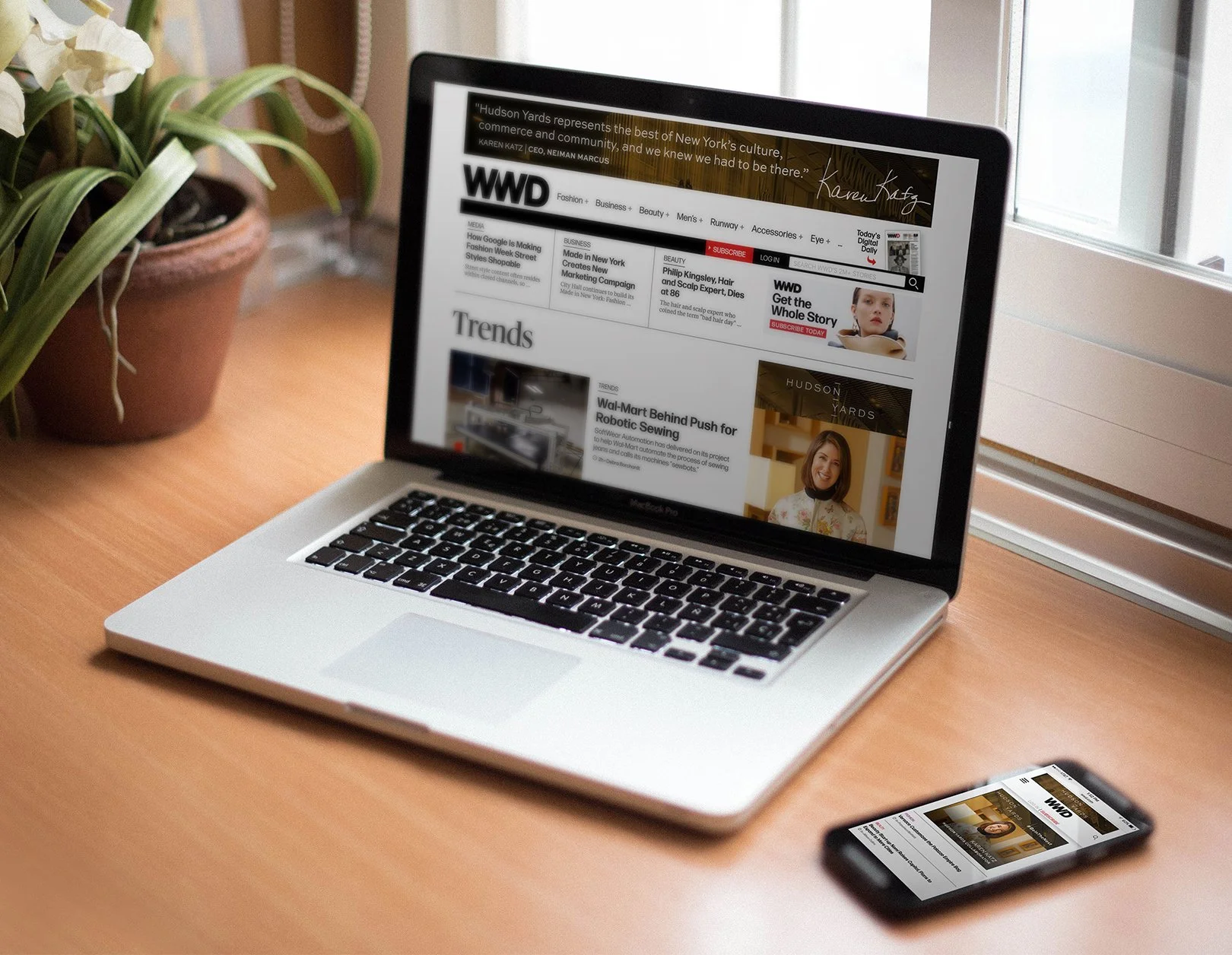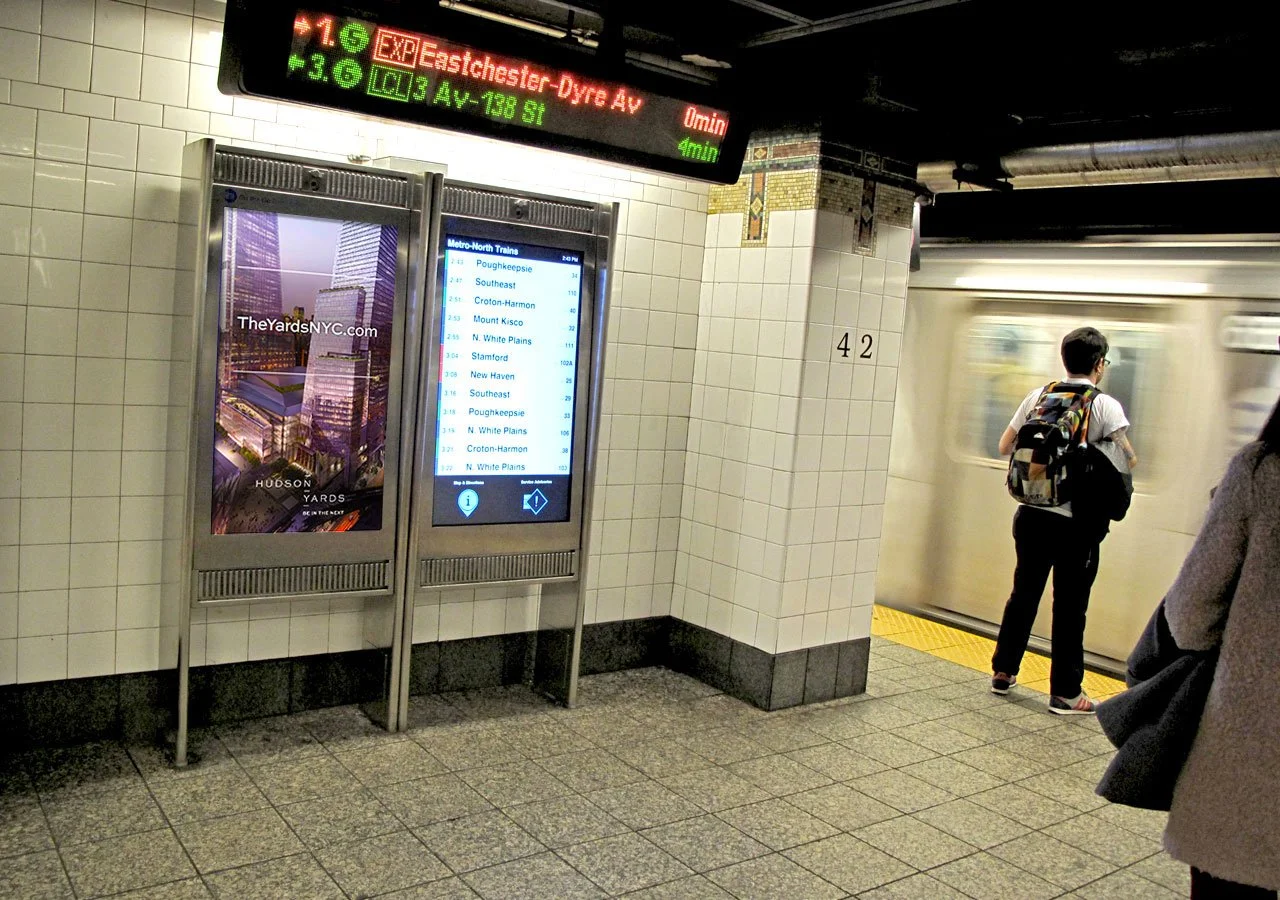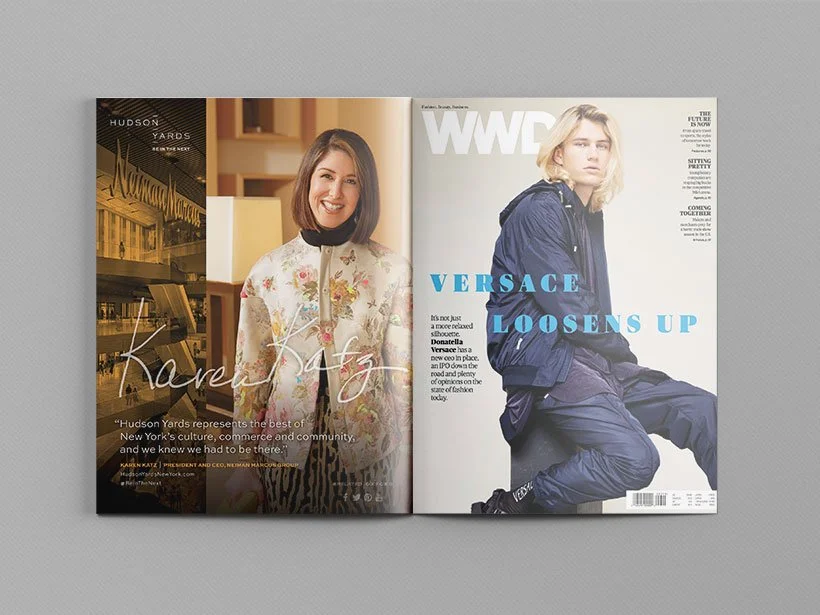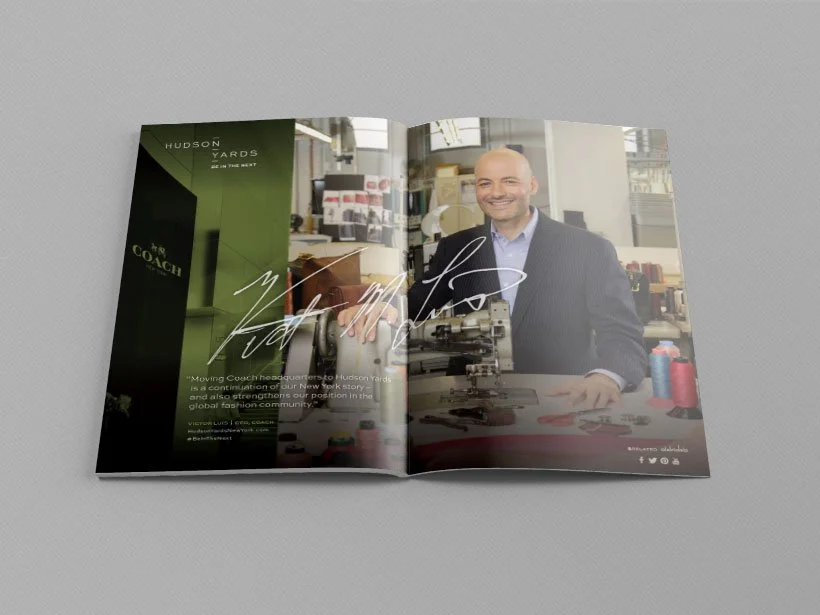
Retail / Real Estate / B2B
Positioning the most ambitious real estate development in U.S. history
Hudson Yards, the largest private real estate development in U.S. history, sought to attract luxury retail and dining brands to anchor its billion-dollar mixed-use space. Our integrated “Celebrity Collaborator” campaign elevated Hudson Yards’ prestige and helped secure flagship partners including Neiman Marcus, Coach, Kate Spade, and Louis Vuitton, positioning the site as Manhattan’s next great destination.
As Creative Director, I led concept development and visual execution—shaping a unified campaign across print, digital, and environmental touchpoints that reframed Hudson Yards as a cultural movement, not just a construction project.
Client: Related
Role: Creative Director, Designer
Team: Strategists, Copywriters, Client Stakeholders
Agency: Vis-à-vis Creative
Although the real estate and design communities already knew Hudson Yards by name, many held preconceived notions about what the project represented. The task was to shift perception—turning awareness into admiration—and motivate influential brands and investors to see themselves as part of the story.
The Challenge
The Approach
Our idea: tell the Hudson Yards story through the voices of cultural icons shaping New York’s future. I developed the concept of the “Celebrity Collaborator” series, featuring leaders across design, architecture, and hospitality, from Thomas Keller of The French Laundry to Karen Katz of Neiman Marcus.
Each was photographed in their place of inspiration, accompanied by personal reflections and a signature headline—literally signing on as part of Hudson Yards’ future. The campaign invited others to do the same through the call to action #BeInTheNext.
From Insights to Design
The campaign launched through Women’s Wear Daily—known as the “Bible of Fashion”—and extended across print spreads, digital ads, and out-of-home placements throughout New York City.
Conceptually and visually, I designed a modern, aspirational tone—pairing cinematic photography with a restrained, elegant type system that mirrored the architectural language of the site. This visual identity tied every channel together, from subway displays to trade event collateral.










